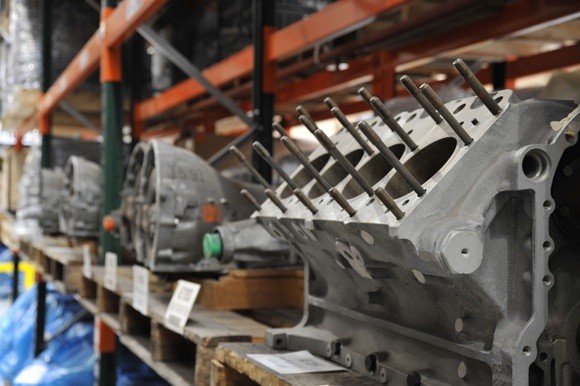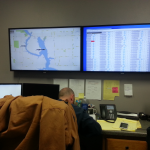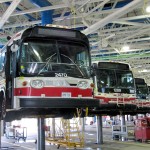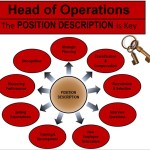
Fleet Storekeepers, otherwise known as Inventory Officers in some organisations keep track of material information in order to keep businesses and supply chains on schedule. They ensure proper scheduling, record-keeping, and inventory control of parts, materials, equipments and sundry consumables.
The increasing deployment of automation and computers in the management of warehouses means storekeepers would have to be comfortable working in a technology-driven environment. Many clerks use tablets or hand-held computers to keep track of inventory. New sensors and tags enable these computers to automatically detect when and where products are moved, making clerks’ jobs more efficient.
In a far less automated environment (especially for small logistics firms), it is expected that at the minimum Storekeepers would have a hands-on experience in the use of manual or Excel spreadsheets to ease the delivery of assigned responsibilities.
SKILL SETS REQUIREMENT
Fleet Storekeepers would be expected to have the following skill sets:
– Reading comprehension and writing proficiency. Communicate in writing with supervisors and co-workers, write labels on parts and supplies and on storage shelves, complete activity logs to record tasks completed during the shift
– Active listening and ability to follow and take direction. Storekeepers must be well organized, have a positive attitude, and be oriented to team work and customer service. They should be detail-oriented, patient and able to do repetitive work
– Sound retentive memory. The candidate would be expected to make recall and recognize health & safety warnings and symbols, remember items that are commonly stored, alone or in groupings and their general location in the facility, recall key transactions and activities in order to respond to queries from supervisors
– Knowledge of basic math and quality control analysis. Apply measurement and calculation math and also Utilize numerical estimation
– Ability to make informed judgment and decisions. Participate in decision making on the placement and storage of parts and supplies in the safest and most efficient way, applying commonly accepted rotation procedures and by supplying information on parts and supplies availability
– Ability to multitask in the organization and coordination of activities including time management. Although most activities are routine and follow established procedures, plans may have to be adjusted if new parts or supplies arrive sooner than expected. Some liaison with co-workers may be needed to coordinate the movement of parts and supplies into and out of the facility
POTENTIAL JOB DESCRIPTION
– Store and release supplies or equipments
– Compile the records of the supplies
– Checking the supplies from time to time
– Record the number and the kinds of supplies
– Disseminate the supply in its designated areas
– Securing the status of each supply
– Checking possible damages or scratches on new supplies
– Keep stock of returned defective items or equipment parts. Some Storekeepers exercise the mandate to decide what to do about a defective product, such as to scrap it or send it back to the factory to be repaired.
– Receive and sort incoming parts and supplies
– Store items in an orderly and accessible manner in a warehouse, tool room, supply room or other area
– Process incoming requisitions and issue or distribute parts and supplies for internal usage
– Maintain records of orders and the amount, kind and location of parts and supplies on hand using manual or computerized inventory system
– Prepare requisition orders to replenish parts and other components
– Manage spare and replacement parts for vehicles, machinery and equipment
– Advice planners, production personnel or internal users of appropriateness of parts, supplies or materials requested
– Take inventory or examine merchandise to identify items to be reordered or replenished
– Pack or ship inventory of maintenance and repair parts to destination
– Compare inbound packing slips or invoices to items actually received to ensure that shipments are correct
– Requisition merchandise from supplier base on available space, merchandise on hand, or customer demand
– Receive and fill orders for parts
– Examine and segregate returned parts for defects, and notify relevant internal department for disposition
– Continually scan the market for better and cost efficient alternatives to parts






